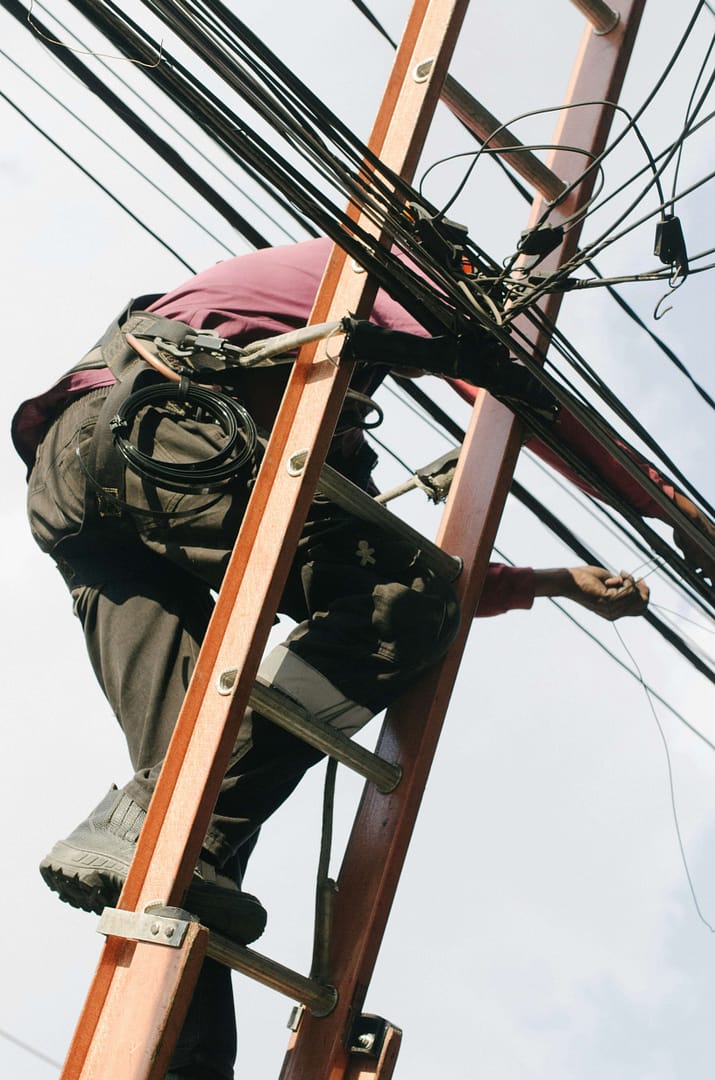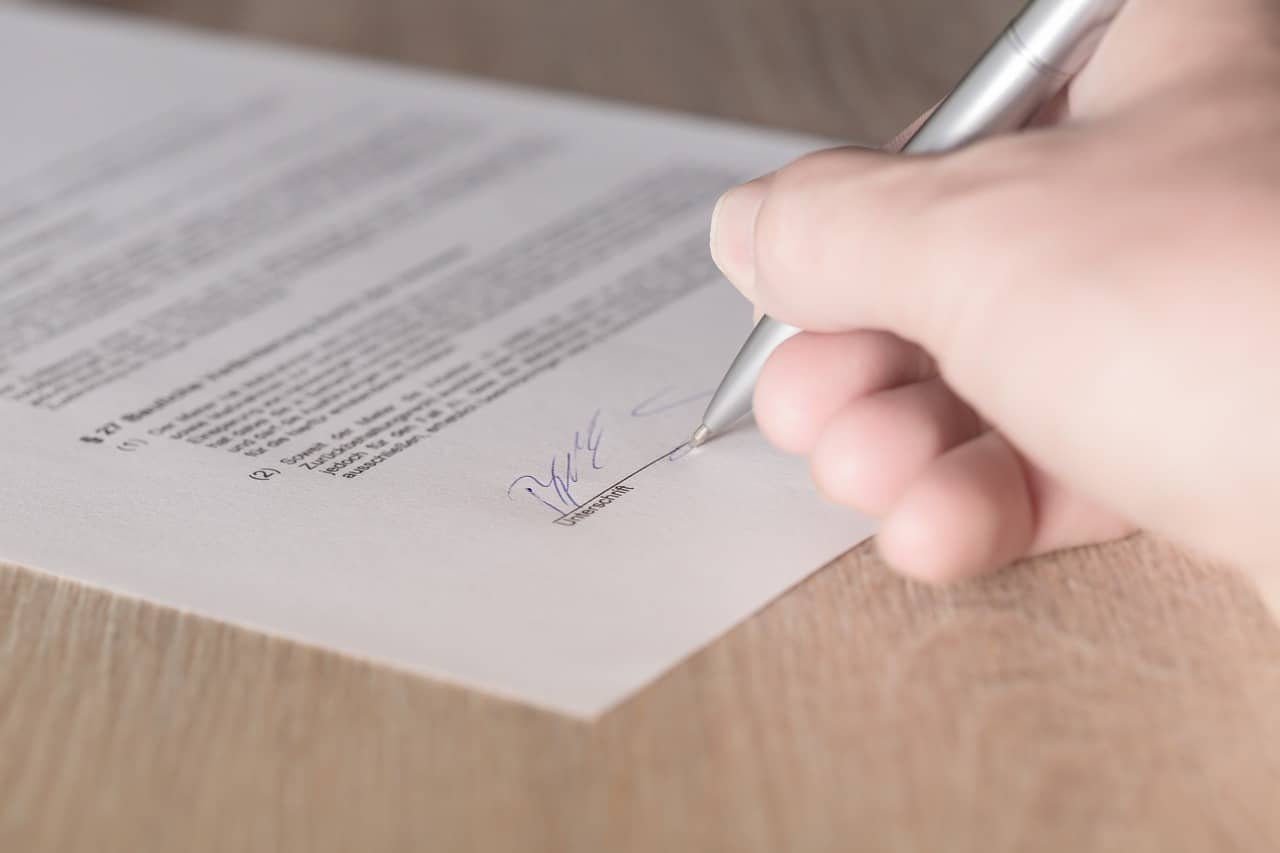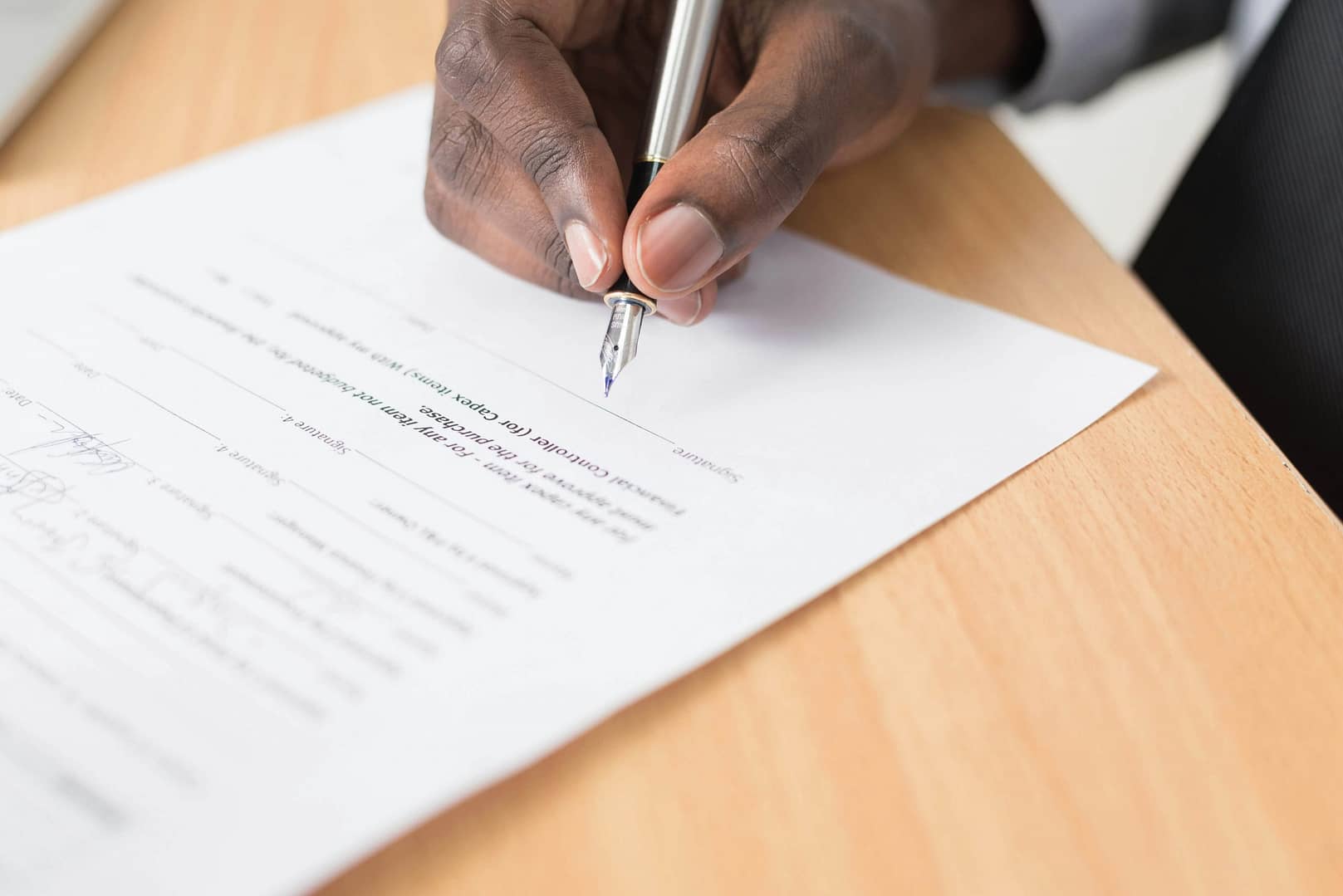Safety is paramount in every aspect of our lives. Whether we’re at home, work, or simply going about our daily routines, ensuring our safety and the safety of those around us should always be a top priority. This is where safety checklists come into play. These simple yet powerful tools act as a shield against accidents waiting to happen, guiding us through a series of precautionary measures. In this article, we’ll delve into the purpose of safety checklists, what elements should be included on them, and why they are a key tool in accident prevention.
Understanding the Purpose of a Safety Checklist
A safety checklist is essentially a systematic list of items or tasks that need to be reviewed, checked, or confirmed. Its primary purpose is to ensure that all necessary precautions are taken to prevent accidents or incidents from occurring. These checklists serve as a tangible reminder of safety procedures, guiding individuals through a series of essential steps that minimise risks and hazards. While the concept of safety checklists might sound mundane, their impact is anything but.
Let’s take a closer look at the key purposes of safety checklists:
Standardising Procedures
One of the fundamental purposes of safety checklists is to standardise procedures. By outlining a step-by-step process for performing tasks safely, they help eliminate any ambiguity or confusion. Standardisation ensures that everyone follows the same safety measures, reducing the likelihood of human error.
Ensuring Compliance
In many industries, adhering to specific safety regulations and guidelines is mandatory. Safety checklists serve as a tool for ensuring compliance with these regulations. They help organisations meet legal requirements and maintain a safe working environment.
Enhancing Communication
Safety checklists facilitate effective communication among team members. When multiple people are involved in a task, the checklist acts as a shared reference point, allowing everyone to stay on the same page regarding safety measures and precautions.
Preventing Oversight
Human memory is fallible, and even the most experienced individuals can overlook critical safety steps. Safety checklists act as a safeguard against such lapses, ensuring that no precautionary measures are missed.
Training and Education
Safety checklists also serve as valuable tools for training and educating individuals, especially newcomers. They provide a structured way to teach and learn about safety protocols and procedures.
What Should Be on a Safety Checklist?
Now that we understand the purpose of safety checklists, it’s essential to explore what elements should be included on these lists. The content of a safety checklist can vary significantly depending on the context and the specific industry or activity it’s designed for. However, some core elements should be present on almost every safety checklist. Here are the key components that should be considered:
Identifying Hazards
The first step in creating a safety checklist is identifying potential hazards. This involves recognizing any conditions, situations, or equipment that could pose a risk. Whether it’s a construction site, a laboratory, or a household, understanding the specific hazards is crucial.
Safety Equipment and Gear
Every safety checklist should include a section dedicated to the necessary safety equipment and gear. This might encompass items such as helmets, gloves, goggles, or respirators, depending on the nature of the task or environment.
Pre-Task Checks
Before starting any work or activity, there should be a list of pre-task checks. These checks ensure that everything is in order and ready for the task at hand. For instance, a pre-flight checklist for pilots includes checking fuel levels, navigation instruments, and aircraft systems.
Emergency Procedures
In case of an unforeseen incident, a safety checklist should outline the steps to follow in an emergency. This can include procedures for evacuating a building, providing first aid, or shutting down equipment to prevent further damage.
Environmental Factors
Consideration of environmental factors is crucial. This may involve checking weather conditions, air quality, or any other external elements that can impact safety.
Employee Training
If the checklist is for an industrial or workplace setting, it should also include a section on employee training. This ensures that all personnel are adequately trained and knowledgeable about the safety procedures in place.
Regulatory Compliance
To meet legal requirements and industry standards, a safety checklist must incorporate any necessary compliance measures. This might include references to specific regulations, codes, or standards that must be followed.
Documentation
Proper record-keeping is an essential part of safety. A checklist should include space for documenting inspections, safety drills, and any incidents or near misses that occur.
Sign-off and Verification
At the end of a safety checklist, there should be a section for sign-off and verification. This allows responsible individuals to confirm that all necessary precautions have been taken.
While these components provide a foundational structure for safety checklists, it’s important to customise the checklist to fit the specific needs of the task or environment. Tailoring the checklist to your unique circumstances is key to maximising its effectiveness.
The Role of Safety Checklists in Accident Prevention
Now that we’ve established the purpose of safety checklists and what they should include, it’s time to explore their pivotal role in accident prevention. Safety checklists are more than just pieces of paper or digital documents; they are the linchpin of accident avoidance. Here’s why:
Consistency in Safety Practices
Safety checklists promote consistency in safety practices. By providing a set of predefined steps and precautions, they ensure that safety measures are consistently applied. This reduces the chances of accidents occurring due to missed or overlooked safety procedures.
Minimising Human Error
Human error is a common cause of accidents. Safety checklists act as a safety net, minimising the potential for mistakes. They prompt individuals to double-check critical steps, ensuring that no crucial safety measures are skipped.
Hazard Identification and Mitigation
Safety checklists are designed to identify potential hazards and provide a roadmap for mitigating them. This proactive approach significantly reduces the likelihood of accidents caused by unidentified risks.
Timely Responses to Emergencies
In the event of an emergency, a well-prepared safety checklist can be a lifesaver. It guides individuals on how to respond quickly and effectively, potentially preventing a minor incident from escalating into a major accident.
Improved Training and Awareness
Safety checklists serve as valuable tools for training and raising awareness. They educate individuals about safety procedures, ensuring that everyone involved in a task is well-informed and prepared.
Legal Compliance
Failure to comply with safety regulations can lead to accidents and legal consequences. Safety checklists help organisations and individuals meet legal requirements, reducing the risk of accidents and associated penalties.
A Culture of Safety
Safety checklists contribute to the creation of a culture of safety. When consistently used and integrated into daily routines, they foster a mindset of safety-consciousness. This cultural shift makes safety a priority, leading to fewer accidents.
Incorporating safety checklists into everyday practices is a simple yet highly effective way to prevent accidents. They serve as proactive tools that anticipate potential risks, guide individuals through safety procedures, and ensure that all precautions are taken.

Making an Accident at Work Claim with National Claims
At National Claims, we understand the significance of safety checklists in accident prevention. Our mission is to support individuals and organisations in their pursuit of safety and to provide assistance when accidents do occur. If you’ve experienced an accident at work and believe that it was due to a lapse in safety procedures, you can rely on us to guide you through the process of making a claim.
Our experienced team at National Claims is well-versed in handling workplace accident claims and can help you navigate the legal complexities. We understand the importance of ensuring that safety checklists were correctly followed and that all precautions were taken. If negligence or oversight played a role in your accident, we will work diligently to help you seek the compensation you deserve.
In conclusion, safety checklists are not merely pieces of paper or digital documents; they are powerful tools that play a crucial role in accident prevention. By providing a standardised approach to safety, minimising human error, and promoting a culture of safety, safety checklists are indispensable in various settings, from industrial workplaces to household routines. Remember, safety is a shared responsibility, and using safety checklists is a key step toward ensuring that everyone remains safe in their daily activities. At National Claims, we stand by your side when accidents occur, helping you seek justice and compensation in the event of a workplace accident.
Start your claim today with the help of one of our claims specialists by contacting us.
Click below to see why we are one of the most trusted claims management companies in the UK.

We’re proud of our excellent customer reviews
We thrive on delivering exceptional service and ensuring our clients’ satisfaction. Don’t just take our word for it. Check out some of our independent reviews to see what our clients have to say.
Excellent

This firm is excellent, they sorted out my car pay out and injury claim very fast, they always communicate with you all the time.

My accident case was dealt with confidence and with great result of the outcome, especially James kept me informed all the time.

I was very impressed at the way my inquiry was treated. I was listened to attentively and everything I needed to know was explained to me.






